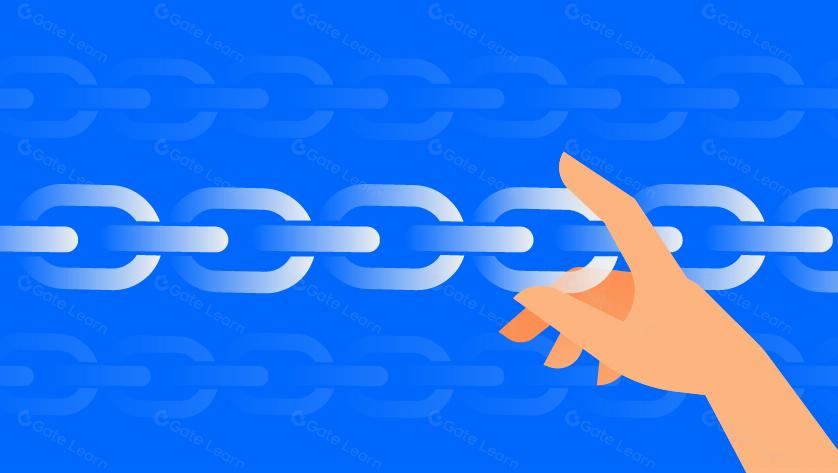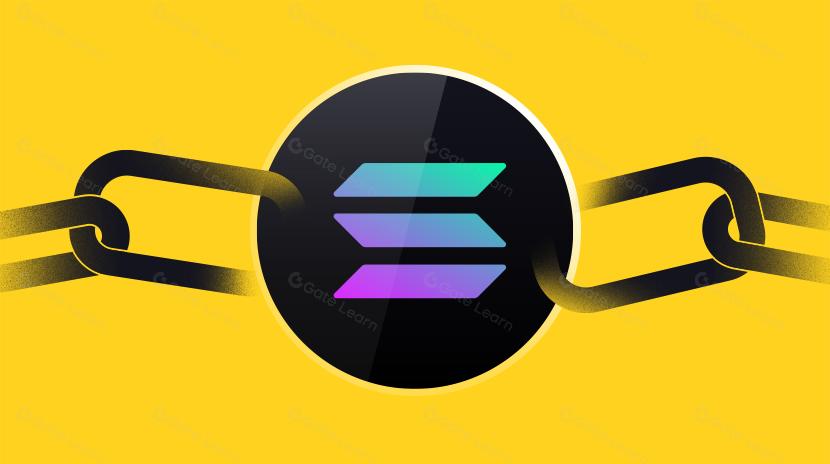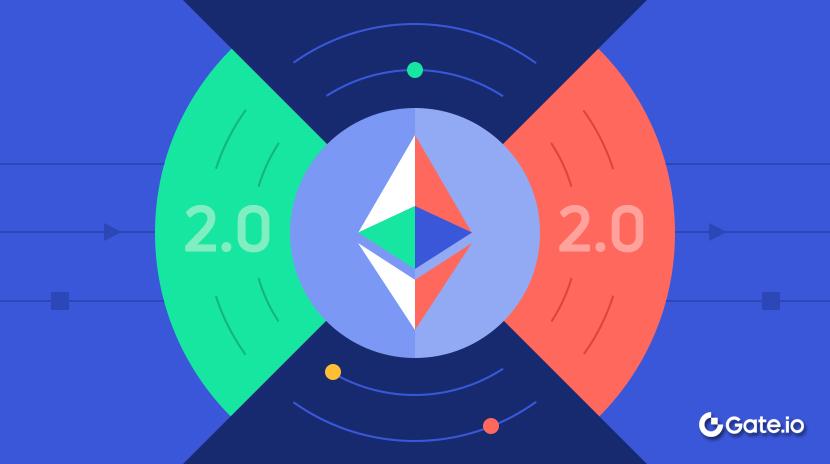Why does the Trump family project WLFI cooperate with Kernel DAO?
On July 10, the official page of the Trump family’s crypto project World Liberty Financial (WLFI) showed that the community voting for its token transferability proposal has entered the final stage - with a support rate of 99.93% and an opposition rate of only 0.07%. The voting will end on July 17. If the proposal passes, WLFI will officially launch “transferability”.
On May 28 this year, WLFI announced its integration of USD1 with Kernel DAO, becoming a re-stakable asset. The core of this collaboration is to upgrade stablecoins from traditional “static lending tools” to “dynamic infrastructure supporters.” For WLFI, this means its stablecoin can provide economic security for third-party applications; for Kernel DAO, it is a key opportunity to validate the feasibility of its re-staking model.
Affected by this news, KERNEL’s maximum increase exceeded 23% on the same day, and then it fell from $0.206 all the way down to $0.0999 on June 22. As of the time of writing, KERNEL’s price today has corrected from the rise to around $0.115, and investors should be aware of the risks.
WLFI×Kernel DAO: The “Third-party Security Empowerment” Experiment of USD1
The USD1 stablecoin of WLFI, which previously existed mainly as a medium of circulation within its ecosystem. According to WLFI’s official description, this integration with Kernel DAO allows users to stake USD1 to the Kernel network, making it a “re-stakable asset” — this part of the asset can not only provide economic security for applications within the Kernel ecosystem but also earn Kernel points as rewards simultaneously.
The essence of this mechanism is to transform stablecoins from “idle assets in the fund pool” into “energy units that support decentralized infrastructure”. In traditional lending models, the yield from stablecoins mainly comes from borrowing demand (annual yield of about 2% - 4%), and the funds are locked with a single purpose; however, through Kernel DAO, the sources of yield for USD1 are expanded to support various infrastructures such as Rollup sequencers, decentralized oracles, and data availability networks. The operation of these infrastructures requires stable financial support, so users holding USD1 effectively become “distributed security nodes”, with yields dynamically adjusted as demand increases.
For users, the appeal of re-staking lies in “yield enhancement” and “function expansion.” The USD1 after re-staking maintains high liquidity: users can deposit it into stablecoin pools on platforms like Curve to earn additional yields, or use it as collateral to participate in lending, structured products, and other strategies. This means that the “working mode” of USD1 has upgraded from “single power supply” to “multi-line collaboration,” supporting network operations while providing users with staking rewards.
Kernel DAO: A service provider for cross-chain re-staking infrastructure.
To understand why WLFI chose to cooperate with Kernel DAO, one must first clarify what Kernel DAO is.
Kernel DAO is a DeFi protocol focused on restaking technology, with the core goal of activating the utility of existing assets through the “restaking” model. The so-called “restaking” means that users re-invest their staked assets (such as stablecoins) into a decentralized network while supporting multiple protocols or infrastructures, thereby breaking the limitations of traditional staking, which is characterized by “asset locking and single yield.”
The business of Kernel DAO covers multiple public chains, with core products including:
- Kernel: A cross-chain re-staking protocol running on BNB Chain that allows users to stake assets such as BNB and BUSD, which are then algorithmically allocated to different decentralized validator networks (DVNs), providing security for infrastructure such as Rollup sequencers, oracles, and data availability networks.
- Kelp: A liquidity re-staking protocol on Ethereum, focusing on the release of liquidity for staked assets in the Ethereum ecosystem. Users can earn additional rewards by re-staking LP (liquidity pool) tokens.
- Gain: RWA Tokenized Yield Protocol, which transforms traditional financial assets such as real estate and corporate bonds into on-chain yields through compliant means, promoting the connection between DeFi and the real economy.
These three products are governed by the KERNEL token, and early supporters and ecosystem participants can earn incentives through staking or contributions. Currently, the KERNEL token has been listed on major exchanges such as Binance, Coinbase, Upbit (BTC/USDT trading pair), and Bithumb (KRW trading pair).

According to DefiLlama data, as of July 10, 2025, the total value locked (TVL) of Kernel DAO reached 1.47 billion USD, of which Kernel’s TVL is approximately 132 million USD.
Current Situation and Potential: The “Early Stage” Characteristics Behind $6370

Although the collaboration between WLFI and Kernel DAO is seen as an experiment in “stablecoin re-staking,” the current data remains immature. According to the Kernel official website, as of today, the total amount of USD1 re-staked in Kernel is only 6,370 USD. This figure is almost negligible against the backdrop of Kernel DAO’s total locked value (TVL) of 1.47 billion USD and Kernel’s TVL of 132 million USD.
However, the “small base” also means growth potential. From industry trends, the re-staking model of stablecoins is on the rise: the low yields of traditional lending (3% APY) sharply contrast with the high yields of re-staking (about 5%, which can exceed 10% after adding liquidity strategies), and more and more users are starting to pay attention to the new paradigm of “allowing stablecoins to participate in infrastructure support.”
If the community vote for WLFI passes smoothly, the “re-staking entry” of USD1 will be further opened up, encouraging more users to shift from “holding” to “participation”. Perhaps in the future, WLFI will also join the ranks of re-staking, injecting incremental funds into the Kernel DAO.
Conclusion: The “Second Curve” Experiment of Stablecoins
The collaboration between WLFI and Kernel DAO is not only an upgrade of a single stablecoin’s functionality but also a re-empowerment of the stablecoin’s value, with its value dimensions being redefined. The value of traditional stablecoins remains at “medium of exchange” or “store of value,” whereas the re-staking model allows them to become “co-builders of infrastructure” — this could be the “second curve” of stablecoins.
For investors, the story of Kernel DAO is just beginning: the re-staking amount of 6370 dollars is a starting point rather than an endpoint, and its growth potential driven by WLFI is worth noting. Of course, there are also risks — re-staking relies on the stability of the infrastructure, and if validator nodes fail or if there are vulnerabilities in the smart contracts, it could affect earnings and even the safety of the principal.
Statement:
- This article is reprinted from [ForesightNews] The copyright belongs to the original author [Nicky, ForesightNews] If there are any objections to the reprint, please contact Gate Learn TeamThe team will process it as quickly as possible according to the relevant procedures.
- Disclaimer: The views and opinions expressed in this article are solely those of the author and do not constitute any investment advice.
- Other language versions of the article are translated by the Gate Learn team, unless otherwise stated.GateUnder these circumstances, it is not allowed to copy, distribute, or plagiarize translated articles.
Related Articles

The Future of Cross-Chain Bridges: Full-Chain Interoperability Becomes Inevitable, Liquidity Bridges Will Decline

Solana Need L2s And Appchains?

Sui: How are users leveraging its speed, security, & scalability?

Navigating the Zero Knowledge Landscape

What is Tronscan and How Can You Use it in 2025?
